Discover a professional 3D printing powder supplier
Aluminum-based 3D Printing Powder
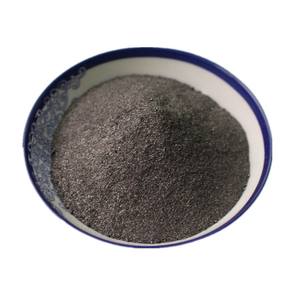
Custom Elegant Sticker Printing Embossed Gold Rose Gold Copper Aluminum Foil Logo Perfume Label Cosmetics Package Sticker
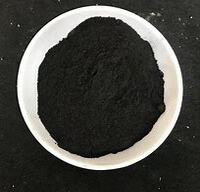
0.3-2MM custom jars label for candle round aluminium printing gold foil produce and logo aluminum sticker
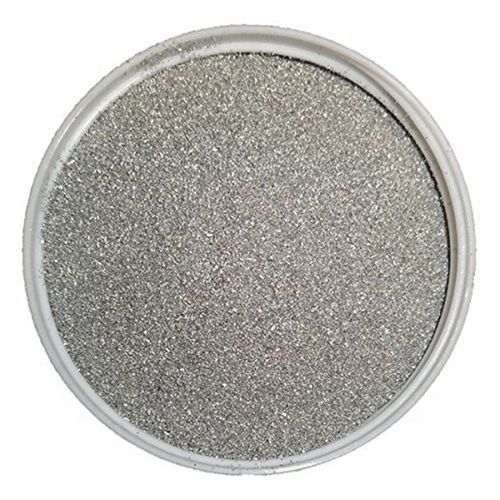
Factory 99.95% Spherical Rhenium Powder 3D Printing Re Metal powder
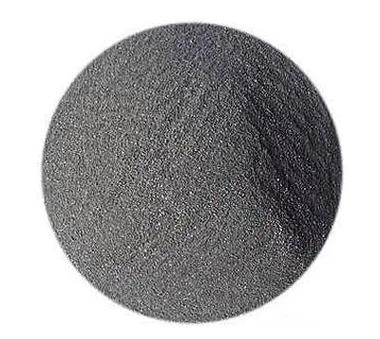
Custom 316L Stainless Steel Aluminium Titanium Cobalt Chrome 3d printed Metal parts DMLS 3D Printing Parts
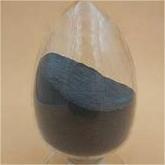
3D Printing Metal Aluminum stainless Steel Titanium Copper Material Magic Pak Multi Spiral Tube Heat Exchanger
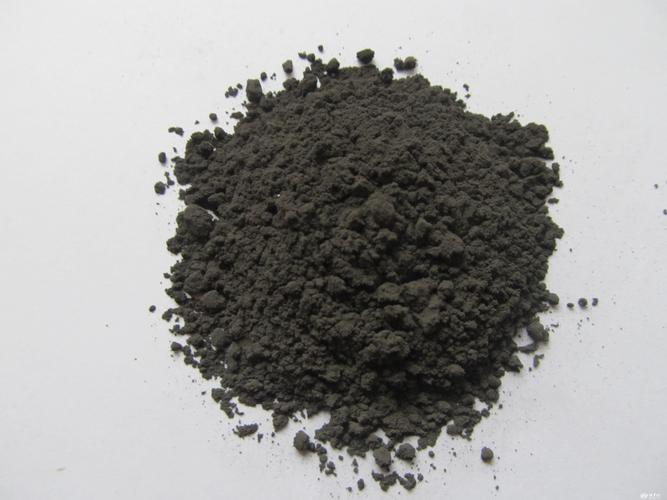
3d metal slm Aluminum printing
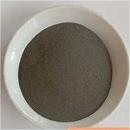
Metal Steel Aluminum Alloy Titanium Brass 3D Printing Rapid Prototype Custom SLM 3D Printing Service
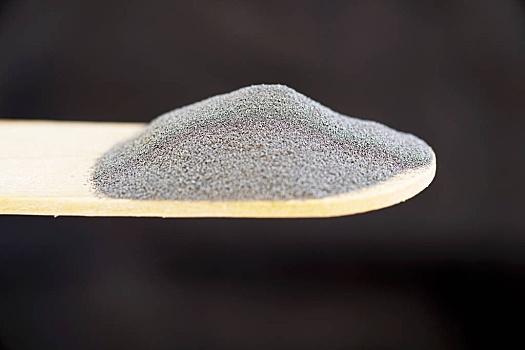
Custom OEM 3D Metal Printing of Complex Architectural Model Lightweighting Aluminium Parts Metal 3D Printing Service
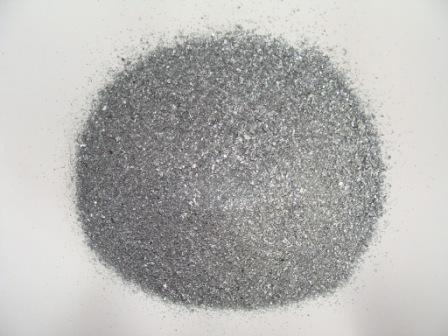
custom Plastic Nylon Aluminum Metal abs parts service prototype High Precision Cnc Machining 3d printing
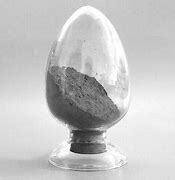
Aluminum alloy powder metal Alsi7Mg metal 3D printing spherical powder s per kg
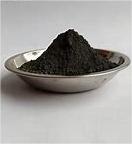
Custom 3D Varnish Label Digital Printing Metallic Raised Logo Stickers Perfume Skincare Fragrance Spray Bottle Packaging Labels
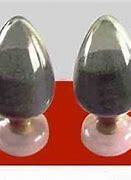
Custom 3d Printing Turning Metal Milling Service Parts Aluminum Anodized Sandblasted Stamping Part Machining Cnc
Introduction to aluminum-based 3D printing powder
Aluminum-based 3D printing powder is a metal powder material used for additive manufacturing (such as SLM, SLS and other processes), the main components of which are aluminum and its alloys (such as AlSi10Mg, Al6061, etc.). It has lightweight, high strength and good thermal conductivity, and is widely used in aerospace, automotive and electronics fields.
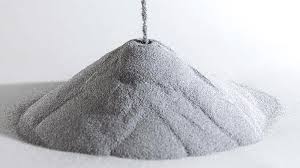
Characteristics of aluminum-based 3D printing powder
Lightweight: low density, suitable for weight reduction design.
High strength: some alloys have excellent mechanical properties after heat treatment.
Corrosion resistance: an oxide film can be formed on the surface, which is resistant to environmental corrosion.
Thermal conductivity and electrical conductivity: suitable for heat dissipation components or electronic devices.
Easy processing: good fluidity, suitable for high-precision printing.
Specifications of aluminum-based 3D printing powder
| Parameter | Value |
|---|---|
| Material | AlSi10Mg, Al6061, etc. |
| Particle Size | 15-45 μm (D50) |
| Density | ~2.7 g/cm³ |
| Melting Point | 550-660°C (varies by alloy) |
| Oxygen Content | <0.1% |
| Flowability | ≤25 s/50g (Hall Flowmeter) |
| Sintering Method | SLM, EBM, Binder Jetting |
Application of aluminum-based 3D printing powder
Aerospace: lightweight structural parts, brackets, etc.
Automotive industry: engine parts, radiators.
Electronic equipment: heat dissipation modules, housings.
Mold manufacturing: conformal cooling molds.
Medical: customized equipment (requires biocompatibility treatment).
Company Profile
3D Printing Passion is a trusted global chemical material supplier & manufacturer with over 12-year-experience in providing super high-quality 3D printing powder and relative products.The company has a professional technical department and Quality Supervision Department, a well-equipped laboratory, and equipped with advanced testing equipment and after-sales customer service center.If you are looking for high-quality 3D printing materials and relative products, please feel free to contact us or click on the needed products to send an inquiry.
Payment Methods
L/C, T/T, Western Union, Paypal, Credit Card etc.
Shipment
It could be shipped by sea, by air, or by reveal ASAP as soon as repayment receipt.
5 FAQs about aluminum-based 3D printing powder
Q: Which 3D printing technologies are aluminum-based powder suitable for?
A: It is mainly suitable for SLM (selective laser melting), EBM (electron beam melting) and binder jetting technology.
Q: Does aluminum powder need heat treatment after printing?
A: Some alloys (such as AlSi10Mg) can improve mechanical properties through heat treatment, but it is not necessary.
Q: Storage conditions of aluminum-based powder?
A: It needs to be moisture-proof and sealed to avoid oxidation and contamination.
Q: What is the surface roughness of the printed part?
A: Usually Ra 10-20μm, which can be improved by polishing or machining.
Q: What are the advantages compared with other metal powders?
A: It is lighter, cheaper than titanium powder, and has a better printing speed than steel powder.
